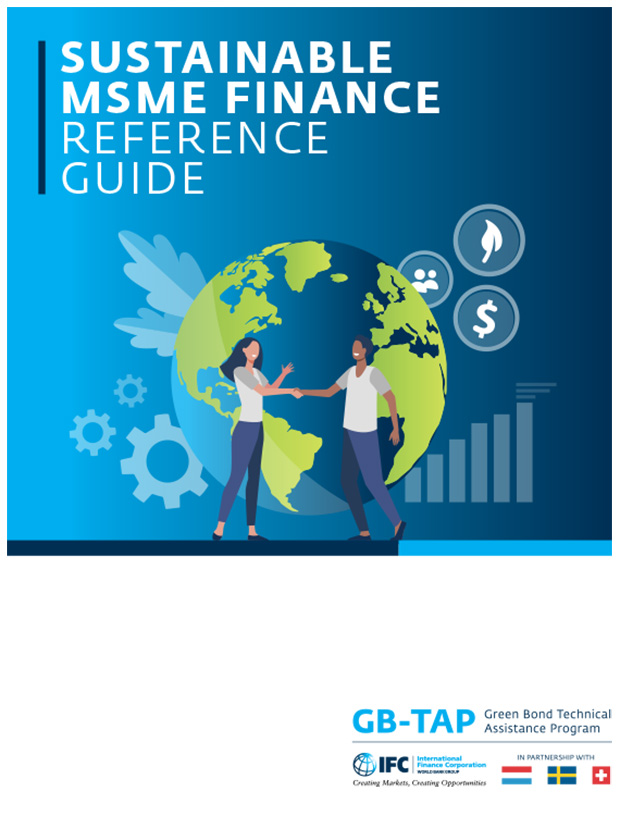This flagship report by the International Labour Organization, profiles SMEs throughout the world in relation to economic growth, job creation and the opportunities to access finance based on their economy. While large enterprises are the principal source of employment in the formal private sector relative to small and medium-sized enterprises (SMEs), the contribution of SMEs to total employment has grown over the past years. Novel estimates of employment by firm size suggest that the number of employees within SMEs in the formal sector almost doubled in the 132 countries for which estimates are available, with SMEs’ share of total employment rising from 31 to 35 per cent. But, there is onsiderable heterogeneity across regions and income groups. For example, in developing economies, SMEs account for 52 percent of total employment, compared with 34 percent in emerging economies and 41 percent in developed economies. SMEs and young firms are also often more dynamic with respect to employment growth.
This data, among additional data included in the report, may reflect the fact that many SMEs in developing economies, and to a lesser extent in emerging economies, are entrepreneurs out of necessity, whose primary focus is to survive and not necessarily to expand.
The report finds that SMEs and young firms make greater use of bank loans for working capital when there are fewer financial market imperfections. This suggests that improving the institutional environment, through greater accountability, transparency in information and respect for the rule of law, has an important role to play in allowing financially constrained firms to gain access to external formal funds for their working capital, which may in turn allow them to invest, expand and hire more workers.









